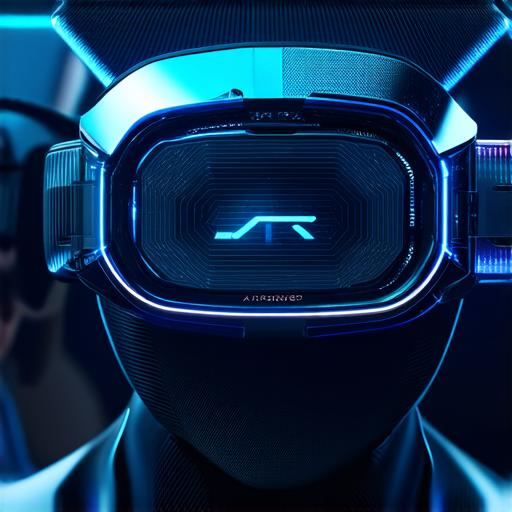History of Augmented Reality
The concept of augmented reality can be traced back to the 1960s when researchers at the University of Utah developed a system that projected images onto a physical object. However, it wasn’t until the development of smartphones and mobile devices that AR technology became widely accessible.
In the early 2010s, AR apps like Ingress and Pokemon Go gained popularity, introducing millions of people to the world of augmented reality. Since then, numerous companies have developed AR applications for various industries, including gaming, education, healthcare, retail, and more.
How Augmented Reality Works
AR technology works by using a combination of computer vision algorithms and 3D modeling techniques to create digital objects that can be overlaid onto the real world. The process involves capturing an image of the physical environment using a camera, analyzing the image data, and then using this information to generate a 3D model of the objects in the scene.
The generated 3D model is then superimposed onto the camera feed, creating an interactive experience for the user. This process can be done in real-time, allowing users to interact with virtual objects in their physical environment.
Applications of Augmented Reality
AR technology has numerous applications across various industries. Some of the most common applications include:
- Gaming and Entertainment: AR games like Pokemon Go have become incredibly popular, allowing users to explore their physical environment and interact with virtual objects in a fun and engaging way.
- Education: AR technology can be used to create interactive educational experiences that help students learn about history, science, and other subjects in a more engaging and immersive way. For example, the app Aurasma can be used to bring historical events to life by overlaying digital content onto real-world objects.
- Healthcare: AR technology can be used to assist surgeons during surgical procedures, providing them with real-time information about patient anatomy and allowing them to make more accurate incisions.
- Retail: AR technology can be used to create virtual try-on experiences for clothing and makeup products, allowing customers to see how these products will look on them before making a purchase.
- Manufacturing and Engineering: AR technology can be used to provide real-time information about manufacturing processes, helping workers identify issues and make repairs more efficiently.
Examples of Augmented Reality in Action
To illustrate how AR technology works, let’s look at some real-life examples:
- IKEA Place: The IKEA Place app uses AR to allow users to see how furniture and decor items will look in their home before making a purchase. Users can place virtual furniture in their room and move it around to see how it looks from different angles.
- Snapchat Filters: Snapchat filters use AR technology to add digital content to real-world objects. For example, users can add a filter that makes them look like a cartoon character or adds a virtual object to the scene.
- Aurasma: The Aurasma app uses AR technology to bring historical events to life by overlaying digital content onto real-world objects. For example, users can point their phone at a statue of Abraham Lincoln and see an animation of his speech.
FAQs
What is the difference between augmented reality and virtual reality?
Augmented reality (AR) and virtual reality (VR) are two different types of immersive technologies. AR technology overlays digital content onto the real world, while VR technology creates a completely artificial environment that users can interact with.
Is augmented reality only for gaming and entertainment?
No, augmented reality has numerous applications across various industries, including education, healthcare, retail, manufacturing, and more.
How does augmented reality work?
AR technology works by using a combination of computer vision algorithms and 3D modeling techniques to create digital objects that can be overlaid onto the real world. The process involves capturing an image of the physical environment using a camera, analyzing the image data, and then using this information to generate a 3D model of the objects in the scene.
Is augmented reality technology widely accessible?
Yes, AR technology is widely accessible through smartphones and mobile devices. Numerous companies have developed AR applications for various industries, making it easier than ever for users to experience and interact with virtual objects in their physical environment.

Summary
Augmented reality (AR) is a rapidly growing field that has numerous applications across various industries. The technology overlays digital content onto the real world, creating an immersive and interactive experience for users. AR technology has the potential to revolutionize the way we interact with the physical world, providing us with new ways of experiencing and understanding our environment.
